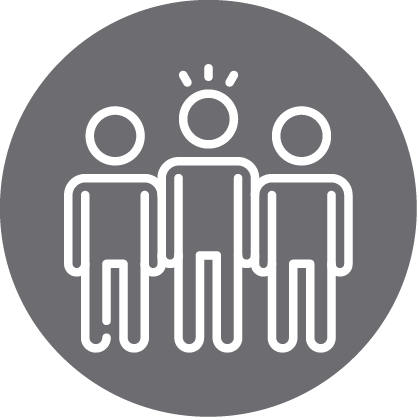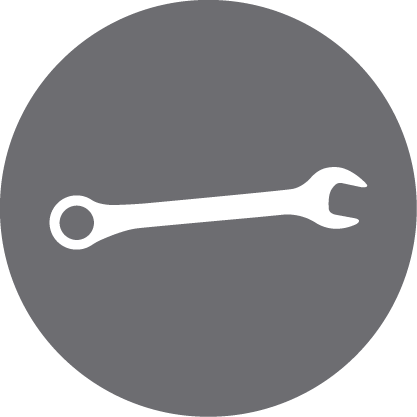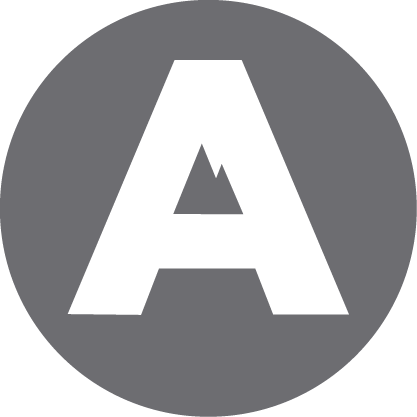Your website is your digital window to the world, and much like a brick-and-mortar storefront, it needs to drive traffic inside where you can convert people into buying customers. Your website is also critical to your search engine optimization (SEO) efforts to help people find you online. It is easier than ever to get a website, but that does not mean that every website design is a good one. Avoid some of these common mistakes companies make in designing a site so you can build one that is optimized and ready for buying customers.
Mistake 1: Not paying attention to the user experience (UX)
Websites must be designed with users in mind — after all, it’s often the first experience people have with a company, so you need to make a good impression. As such, your website design must establish your brand voice and identity to ensure your audience knows who you are and what you stand for from the start.
A poor user experience means fewer people will stay on your site long enough to get any value and are therefore highly likely to bounce. User experience is an entire segment of the web design process, and a growing career field, but there are a few basic UX elements that companies often miss:
- Page load speed. Slow pages lead to bounced traffic. Even a two-second delay can increase bounce rates by over 30%, and anything over five seconds is unlikely to keep an audience on your site. Eliminating large images, slow-loading videos and other similar content can speed up load times.
- Confusing navigation. If people have to click more than one degree from your site to find important content, your navigation is too confusing. Simplify it by identifying the tasks you want people to complete and helping them get to that point quickly.
- Interrupted browsing experiences. When used correctly, pop-ups can help you increase conversions, but if you have five different windows pop up before someone gets to the bottom of your homepage, it’s too much. Keep it focused on a single task you want your audience to do.
Mistake 2: Not optimizing content for both users and search engines
Your website design needs to appeal to two audiences: people and search engine crawlers. The first is critical because you want potential customers to get to your site and take a specific action. The second is essential because you need to show up in search results, so your potential customers can find your site in the first place.
Designing a site that works for both the people browsing and the bots crawling is not easy to do, but here are some points to start with that can help you optimize your site for search engines:
- Proper H1, H2, and H3 tags that include keywords.
- Metadata that tells search engines what is on your site or a specific page.
- 404 pages and other redirects to avoid dead-ends on your site.
- Alt text for images to boost SEO.
To make sure your content is also suitable for the people who come to your site, try:
- Creating content-rich product and service pages.
- Writing useful and readable content that provides value to your audience.
- Including a clear call to action (CTA) to convert visitors to customers.
Mistake 3: Making it hard for customers to convert
The CTA is one of the most important parts of your site, and it should be clear and simple for someone to achieve the action you want them to take. A website design that doesn’t have an obvious next step might attract a lot of customers, but it won’t achieve the end goal of getting them to make a purchase, sign up for a newsletter, enroll in a class or whatever else you want them to do.
Mistake 4: Not building a secure website
Every website today should be secured with hypertext transfer protocol secure (HTTPS). This is a secure SSL/TLS protocol for encrypting the data on your site. It protects your website from being hacked and protects the communications between you and your customers. This is critical if you are asking for items like personal information, credit card details, or login credentials. Today’s web browsers will flag non-secure sites, and many customers won’t visit your site (and definitely won’t shop) if your site isn’t secure.
Mistake 5: Ignoring mobile website design
Mobile website traffic accounts for more than half of all website traffic, growing over 500% since 2011. If your site doesn’t work on a mobile device (and doesn’t provide users with a good browsing experience) you are going to lose customers.
Mistake 6: Trying to save money by doing it yourself
There are a lot of DIY options for websites out there, but unless you have extensive experience in website design and programming, you are likely to end up with a poorly designed site that won’t achieve your goals. Hiring a professional digital marketing consultant like EXTEND GROUP will help you convert more customers, make more sales, and bring in more quality traffic. Contact us today to learn more.































